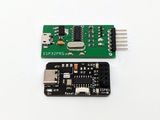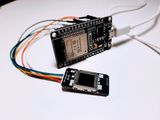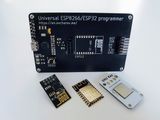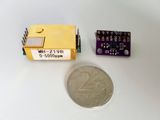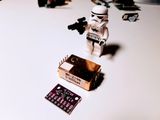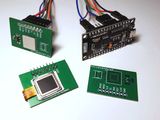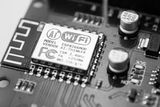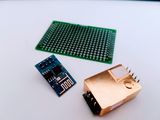Can ESP01 be used as a receiver for the drone?
Turns out you can program a dirt-cheap ESP01 module to act like an iBus receiver for a flight controller. I threw together a quick sketch to send random channel data—and yep, Betaflight picked it up! It’s just a prototype, but this could be a fun path toward building a Wi-Fi-based RC setup.

